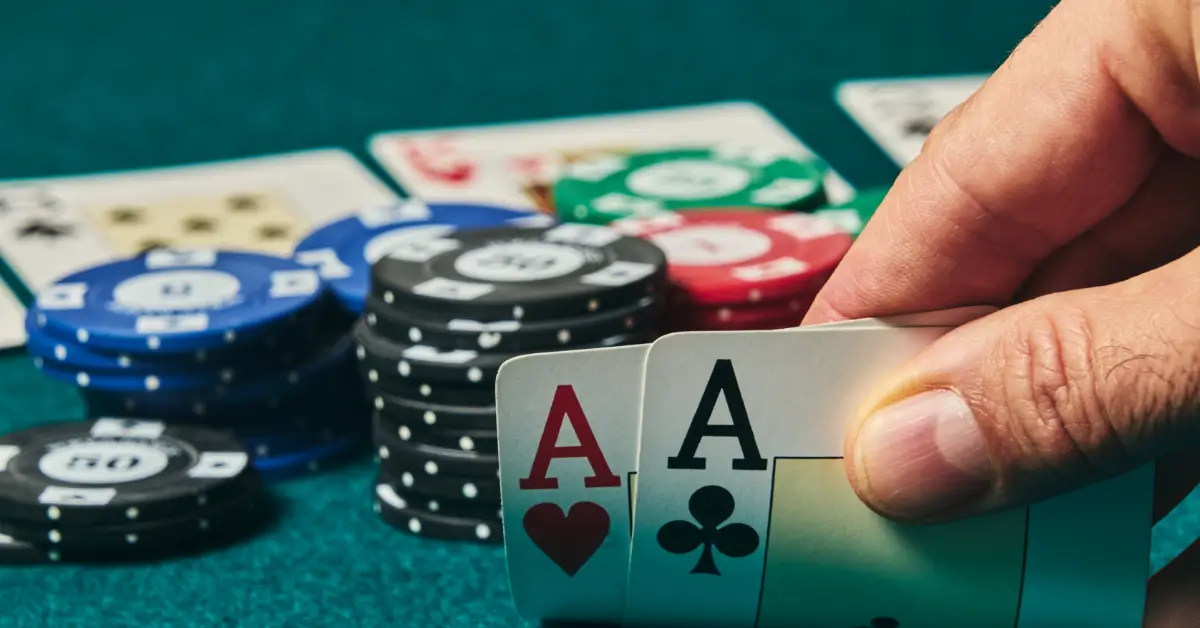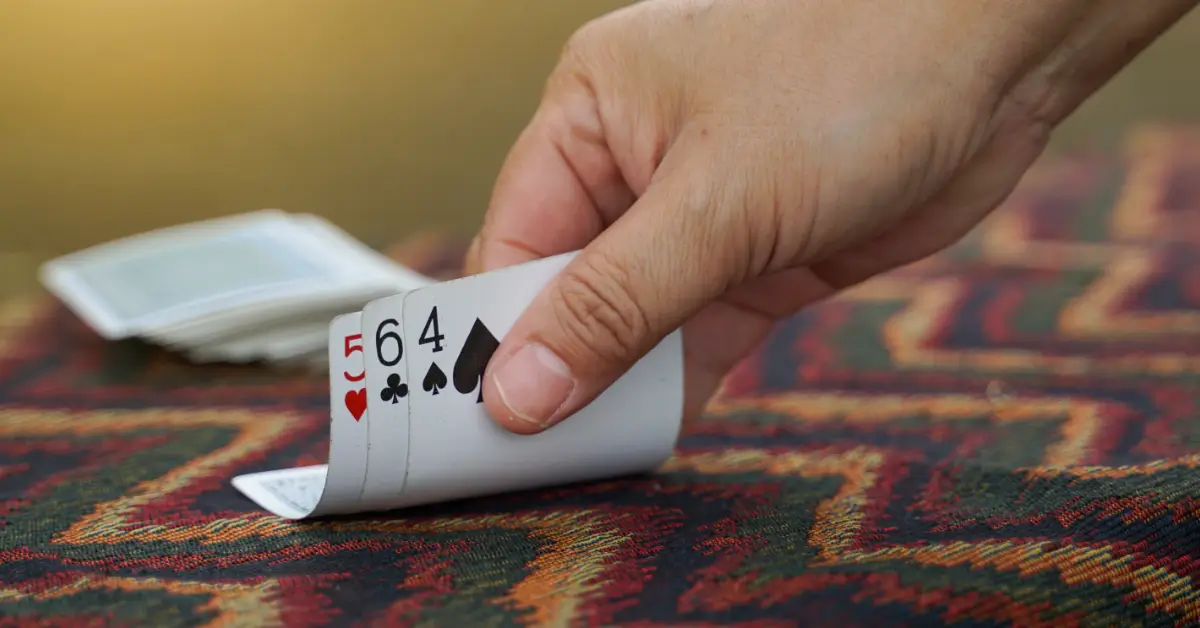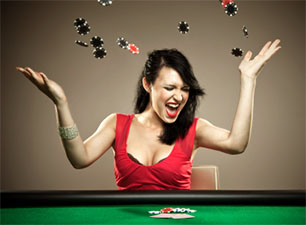Soft 17 in Blackjack: What It Means and How to Play It
If you’ve ever paused over a hand with an Ace, you’ve met the troublemaker: soft 17 in blackjack. It looks like a decent total, but it doesn’t play like a hard 17, and misplaying it bleeds money.
I’ll show you exactly what a soft hand is, how soft 17 differs from a hard 17, and the right move (hit, double, stand, or surrender) in real tables and online games, backed by basic-strategy math you can trust.
What Is a Soft Hand in Blackjack?
A soft hand is any hand that contains an Ace counted as 11—so you can drop that Ace to 1 later without busting. That flexibility is the whole point. Common examples include:
- Ace + 6 = Soft 17
- Ace + 4 + 2 = Soft 17
- Ace + 5 = Soft 16
By contrast, if the Ace can no longer be 11 without busting (e.g., Ace + 6 + 10), you have a hard total (here, Hard 17).
Soft hands let you hit more aggressively because you can’t bust on the next card; that’s why they have their own rules in basic blackjack strategy.
Soft 17 vs. Hard 17 in Blackjack
- Hard 17: No flexible Ace. Hitting risks an immediate bust.
- Soft 17 (A+6): Your Ace can be 11 or 1, so one more card cannot bust you right away.
Players often treat these totals the same. They shouldn’t. They play differently (and the dealer handles them differently, too).
Quick comparison
| Soft 17 | Hard 17 | |
|---|---|---|
| Ace counted as 11? | Yes (flexible) | No |
| Risk to hit now | Safe (can’t bust immediately) | Risky (many draws bust) |
| Common player move | Often hit; double vs weak dealer card | Stand almost always |
| Dealer rule impact | Many casinos let the dealer hit soft 17 (H17) | Dealer stands on all hard 17s |
(Strategy details depend on the exact rules and number of decks, but the principles above hold.)
How to Play a Soft 17 Hand (Hit, Double, Stand, or Surrender?)
Soft 17 gets misplayed because “17” sounds like you should lock it in. It isn’t.
A+6 is a builder: the Ace gives you a free swing at a better total. Your decision hinges on two things: the dealer’s upcard and whether doubling soft hands is allowed on your table (most games only let you double on your first two cards).
Hit
The default is to hit when the dealer shows strength 2 or 7 through Ace in standard multi-deck games. You cannot bust on the next card, and you need that extra card to compete with the totals those dealer upcards tend to make
How this looks in real hands:
- A♠–6♥ vs 10♦: Hit. You’re racing a likely 20, standing on 17 loses too often. Any 2–4 turns you into 19–21, and even a 10 shifts you to a playable hard 17 next decision.
- A♦–4♣–2♠ (soft 17) vs 9♣: Still hit. You can’t double here anyway (three cards), so use the safety of the Ace to climb.
- A♥–6♦ vs A♣: Hit. Don’t “freeze” because the dealer looks scary; free card first, decisions later.
- Teaching cue: If the dealer looks strong, ask yourself, “Can 17 really win here?” If not, take the free swing.
Double Down
Double soft 17 against dealer 3–6 if your table allows doubling soft hands (and only on the initial two-card A+6).
These dealer cards are weak busts, spikes, and even when they make a hand, it’s often 17–18. Doubling lets you press your built-in safety: you’re taking one card, but you can’t bust on it, and a big slice of outcomes land on 18–21.
Real-table reps:
- A♦–6♣ vs 6♠: Double. You’re favored to finish ahead or catch a dealer bust. A 2–4 gives you 19–21; a 10 leaves you at hard 17, which still competes well versus a weak 6.
- A♥–6♠ vs 4♣: Double. The dealer’s 4 is fragile; push your edge while you have the safety net.
- A♣–6♦ vs 3♥: Double. It’s the thinnest of the “weak” cards, but still a profitable press in standard charts.
Important nuances:
- Three+ cards? No double. If you arrived at soft 17 as A+4+2, you’re past the “double” window; hit instead.
- Rule restriction? Some online/Euro games only allow double on 9–11. In those, you never double A+6. Just hit.
Stand
Standing on soft 17 is almost always a leak. You surrender your free improvement to lock in a mediocre total while the dealer still gets to draw toward 18–21.
The literature includes niche, composition, or single-deck quirks, but for the multi-deck shoes most players face, the stand is rarely right on A+6.
Where players talk themselves into standing, and why that’s wrong:
- “Dealer 2 isn’t scary.” True, but it still makes 18+ often enough that a frozen 17 underperforms. A,6 vs 2 → hit.
- “I don’t want to turn it into hard 17.” Turning soft 17 into hard 17 with a 10 is fine against weak dealer cards you planned to double anyway; against strong ones, you needed the climb.
Teaching cue: If you’re itching to stand, ask, “What am I afraid of?” If the answer is “drawing a 10,” remember that leaves you at hard 17, not busted.
Surrender
Surrender almost never applies to soft 17. Surrender is designed for ugly hard totals versus strong dealer upcards (think hard 16 vs 10).
With A+6, you have a built-in out: take your free card. If your casino even offers surrender, it won’t be the right move here under mainstream rules.
A simple decision flow that keeps you out of trouble:
- Two-card soft 17 (A+6)?
• Dealer 3–6 → Double (if allowed).
• Dealer 2 or 7–Ace → Hit. - Three+ card soft 17 (e.g., A+4+2)?
• You can’t double → Hit. - After you hit, the hand may turn hard (e.g., A,6 draw 5 → hard 12). From there, switch to the hard-hand chart for the next decision.
Takeaway: In almost every situation, hit soft 17. Double only when the dealer is weak (3–6) and you’re still on the two-card A+6.
Basic Strategy Table for Soft 17 (A+6)
Blackjack strategy charts exist to give you the statistically best move for every matchup.
Soft hands have their own rows because you can’t bust on the next card—so the math is different. For soft 17 (A+6), use this table:
| Dealer Upcard | Recommended Action |
|---|---|
| 2 | Hit |
| 3 | Double If Allowed |
| 4 | Double |
| 5 | Double |
| 6 | Double |
| 7 | Hit |
| 8 | Hit |
| 9 | Hit |
| 10 | Hit |
| Ace | Hit |
Soft 17 in Online Blackjack
Blackjack online casinos bake the rules into the game logic and show them on the info screen. Look for lines like “Dealer hits soft 17 (H17)” or “Dealer stands on soft 17 (S17)” before you play.
The H17/S17 shorthand is standard across blackjack literature and help pages.
H17 bumps the house edge by about 0.2% compared to S17. When you’re grinding lots of hands online, that small edge compounds.
Doubling rules vary by provider. Many RTG (RealTime Gaming) blackjack tables allow “double on any two cards,” which means you can double A+6 vs a weak dealer card, which is great for value.
Some European-style games (including certain Betsoft titles) restrict doubling to 9–11, so you can’t double A+6 there. Always open the game rules and confirm “double on any two cards” vs “double on 9–11 only.”
Quick pick tip: If you have a choice between otherwise equal games, favor S17, 3:2 blackjack, double after split, surrender available. Those rule combos keep the edge lowest.
My Take and Final Thoughts
When you see soft 17 in blackjack, treat it like a builder, not a pat hand. Your default is to hit, using the Ace’s safety to climb toward 18–21.
Double only when it’s a two-card A+6 versus dealer 3–6 and the rules allow soft doubles; if you reached soft 17 with three cards, just hit.
Always check the placard or info screen for H17 vs S17—H17 quietly adds about 0.2% to the house edge. Then prefer games with S17, 3:2 payouts, double after split, and surrender.
After a hit shrinks the Ace to 1, you’re on a hard total, switch to the hard-hand chart. Play the situation, not the number on the felt.



